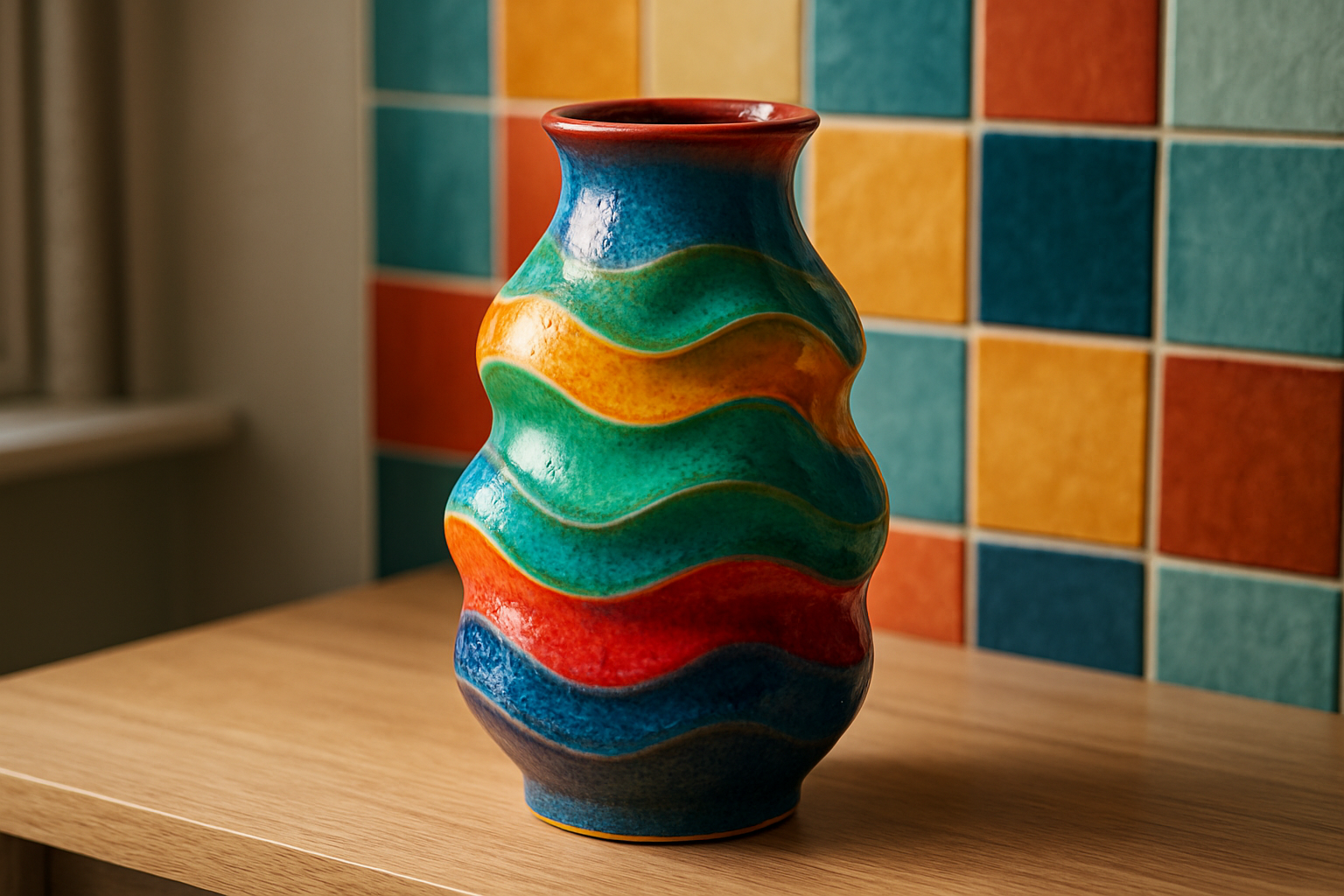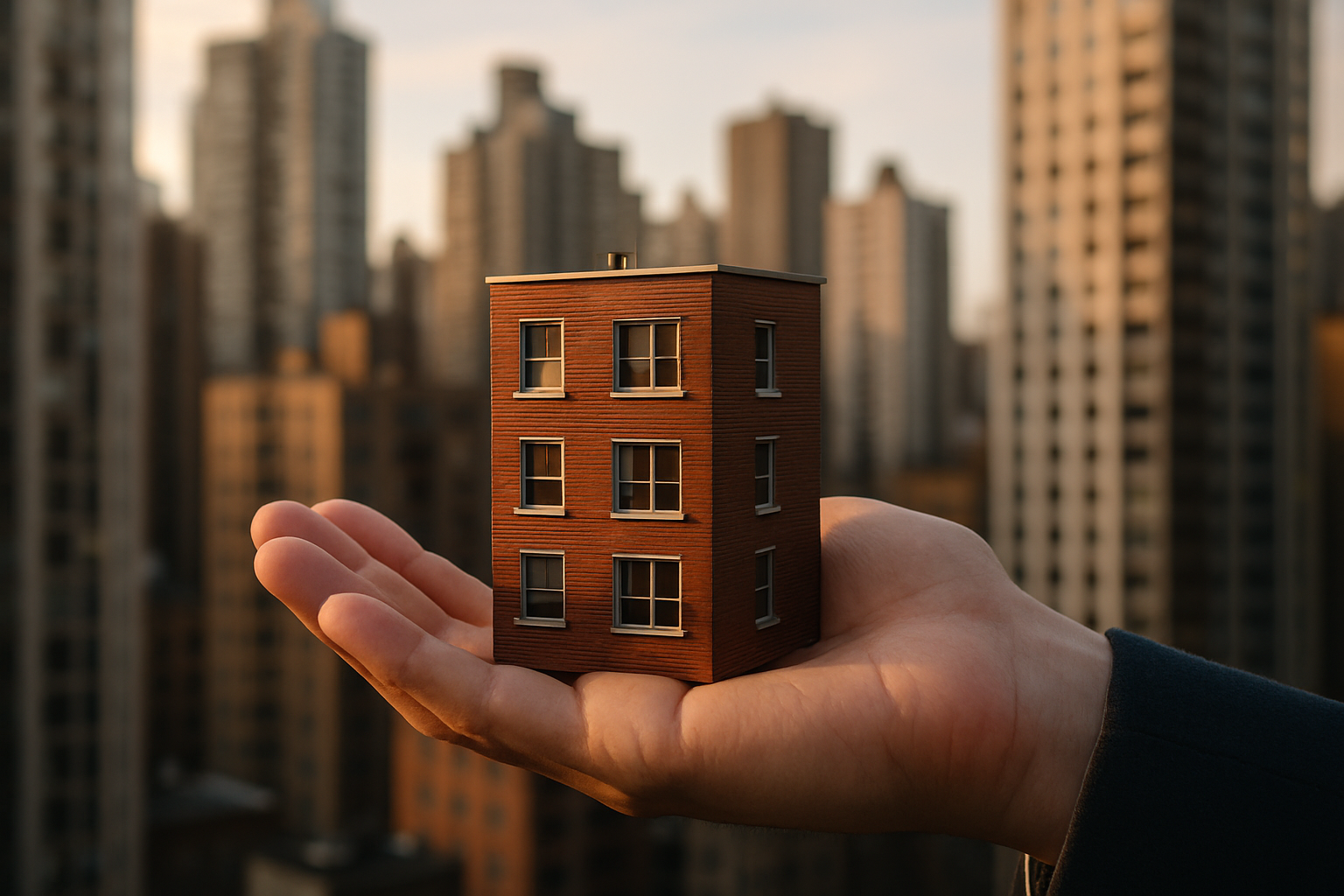Embracing Wabi-Sabi: The Art of Imperfect Beauty in Home Design
In a world obsessed with perfection, a quiet revolution is taking place in home interiors. Enter wabi-sabi, the Japanese philosophy that finds beauty in imperfection and transience. This centuries-old concept is now making waves in Western design circles, offering a refreshing antidote to the polished aesthetics that have long dominated our living spaces. As we explore this intriguing design approach, prepare to discover how embracing flaws and celebrating the passage of time can transform your home into a haven of serenity and authenticity.

In its early days, wabi-sabi was closely associated with the Japanese tea ceremony. Tea masters began to favor simple, handmade cups over ornate, imported ones, finding beauty in their asymmetry and rough textures. This shift marked the beginning of a broader cultural appreciation for the imperfect and the weathered.
Over time, wabi-sabi evolved from a niche aesthetic into a fundamental aspect of Japanese culture, influencing architecture, interior design, and even daily life. It encouraged people to find beauty in the modest, the rustic, and the melancholy, creating spaces that felt lived-in and deeply connected to nature.
Wabi-Sabi in Modern Home Design
Today, wabi-sabi is experiencing a renaissance in home design worldwide. In an era of mass production and digital perfection, there’s a growing desire for authenticity and connection to the physical world. Wabi-sabi offers a way to create spaces that feel genuine, comforting, and uniquely personal.
In practice, a wabi-sabi inspired home might feature weathered wood, handmade ceramics, and natural fabrics with visible weaves or slight imperfections. Colors tend towards earthy, muted tones that evoke a sense of calm and groundedness. Furniture often showcases the natural grain of wood or the patina of aged metal, celebrating rather than hiding signs of use and age.
One key aspect of wabi-sabi design is the concept of ‘ma,’ or negative space. This principle encourages leaving areas of a room empty, allowing for contemplation and emphasizing the beauty of what’s present rather than filling every corner.
The Psychology of Imperfection
The appeal of wabi-sabi goes beyond aesthetics; it has profound psychological benefits. In a culture that often equates perfection with success, embracing imperfection can be deeply liberating. A wabi-sabi home encourages mindfulness and presence, inviting inhabitants to slow down and appreciate the subtle beauty around them.
Research in environmental psychology suggests that spaces with natural, imperfect elements can reduce stress and improve overall well-being. The tactile nature of wabi-sabi interiors - rough textures, organic shapes - engages our senses in a way that sleek, uniform surfaces cannot, creating a more immersive and grounding experience.
Moreover, a wabi-sabi approach to home design can foster a healthier relationship with material possessions. By valuing items that age gracefully and improve with use, we’re encouraged to buy less but choose more thoughtfully, leading to a more sustainable lifestyle.
Implementing Wabi-Sabi in Your Home
Adopting wabi-sabi principles doesn’t require a complete home overhaul. Small changes can make a significant impact. Start by decluttering and creating more open space. Then, introduce elements that tell a story or show signs of age - perhaps a piece of driftwood found on a beach trip or a family heirloom with visible wear.
When selecting new items, opt for natural materials like wood, stone, or linen. Look for handmade pieces that showcase the maker’s touch. Embrace asymmetry and variation - mismatched dining chairs or subtly different ceramic plates can add character to a room.
In terms of color, think of the subtle hues found in nature - soft greys, warm browns, muted greens. These colors create a serene backdrop that allows textural elements to shine. Consider leaving some surfaces unpainted or unfinished to showcase their natural beauty.
Plants play a crucial role in wabi-sabi interiors, bringing life and reminding us of the changing seasons. Choose species that are a bit wild and imperfect rather than manicured specimens. Allow leaves to yellow and fall naturally, seeing beauty in the cycle of growth and decay.
Wabi-Sabi and Sustainability
One of the most compelling aspects of wabi-sabi for modern homeowners is its alignment with sustainability. By valuing items that age well and can be repaired, we naturally move away from disposable culture. This philosophy encourages us to see the beauty in mending and repairing rather than replacing, leading to less waste and more mindful consumption.
Wabi-sabi also promotes the use of local, natural materials, which often have a lower environmental impact than mass-produced alternatives. By embracing imperfections, we’re less likely to discard items due to small flaws, further reducing waste.
Moreover, the wabi-sabi emphasis on simplicity and mindfulness can lead to reduced consumption overall. When we find beauty in what we already have, the urge to constantly update and redecorate diminishes, resulting in a more sustainable approach to home design.
The Future of Wabi-Sabi in Home Design
As we move further into the 21st century, the principles of wabi-sabi seem more relevant than ever. In a world grappling with environmental challenges and the pressures of digital perfection, this ancient philosophy offers a path to creating homes that are not just beautiful, but meaningful and sustainable.
We’re likely to see wabi-sabi influencing not just interior design, but architecture as well. Buildings that age gracefully, showing their history through weathering and wear, may become more valued. Materials like rammed earth or reclaimed wood, which naturally showcase imperfections, could see increased popularity.
Technology, somewhat paradoxically, might play a role in the future of wabi-sabi design. 3D printing and other advanced manufacturing techniques are making it possible to create objects with controlled imperfections, allowing for mass-produced items that still have a handmade feel.
As our understanding of biophilic design - the incorporation of natural elements in built environments - deepens, we may see a convergence with wabi-sabi principles. Both philosophies emphasize connection to nature and the acceptance of impermanence, potentially leading to homes that are more in harmony with the natural world.
In embracing wabi-sabi, we’re not just adopting a design trend, but a different way of seeing and being in the world. It invites us to find beauty in the imperfect, value in the well-worn, and peace in the present moment. As we shape our homes with these principles in mind, we create spaces that are not just visually appealing, but deeply nurturing to the soul.





